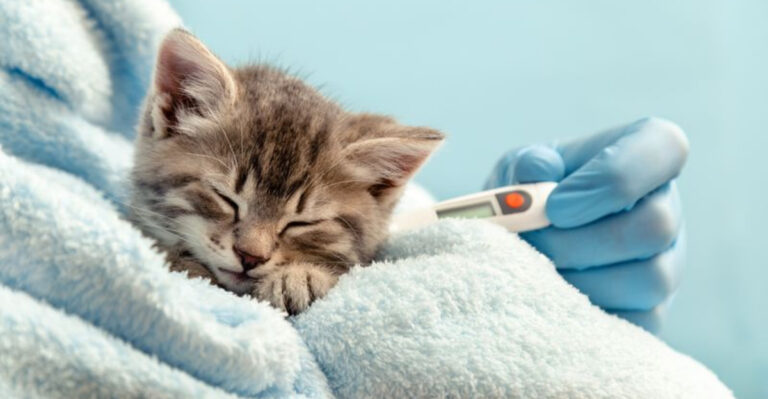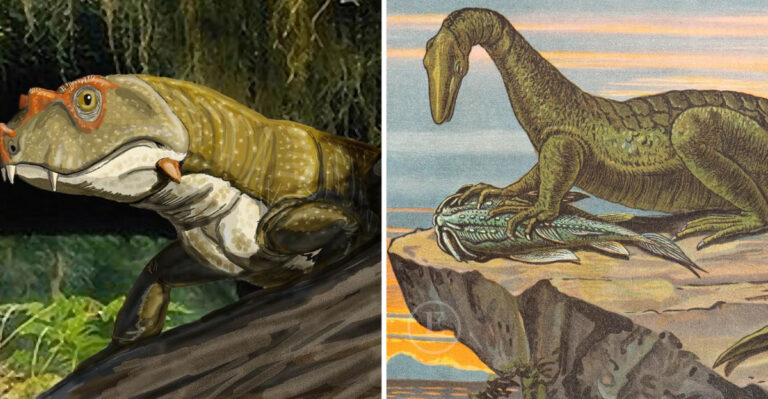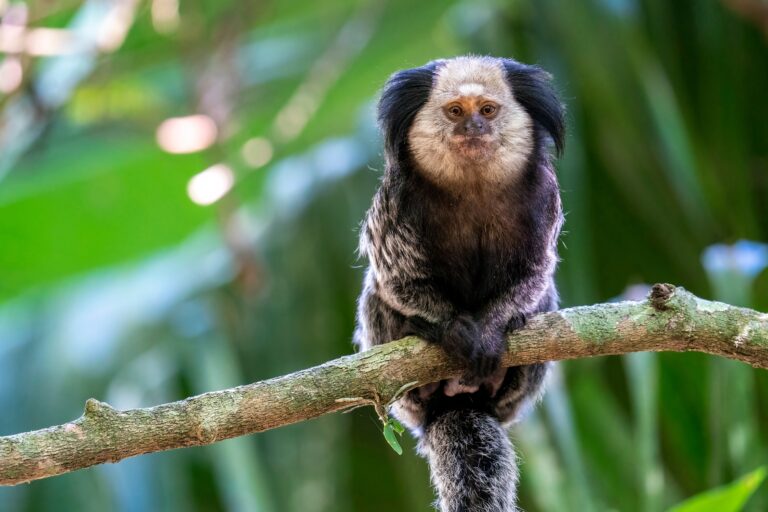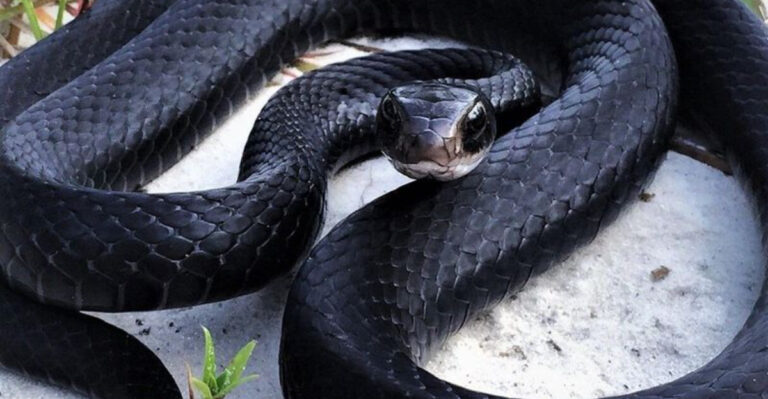12 Animals That Can Tolerate Heat Better Than Most Others
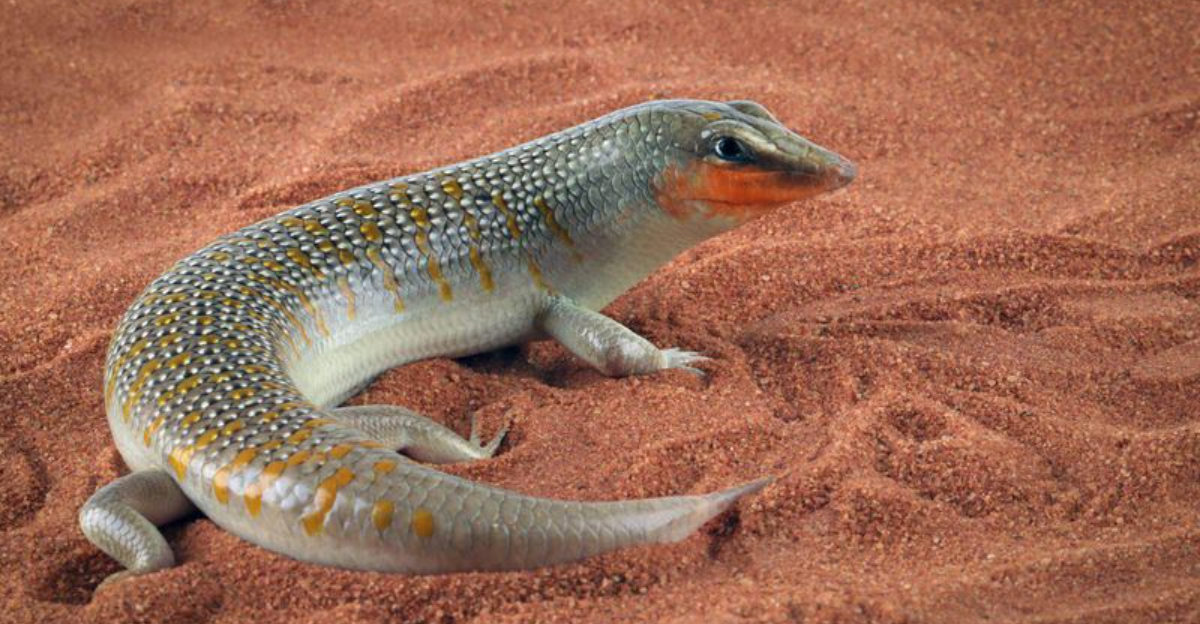
As our planet warms, some creatures stand out for their amazing ability to thrive in scorching temperatures.
From the parched Sahara to Australia’s blistering outback, these remarkable animals have evolved special adaptations that let them survive where others would perish. Their heat-beating tricks range from specialized body parts to clever behaviors that might surprise you!
1. Fennec Fox
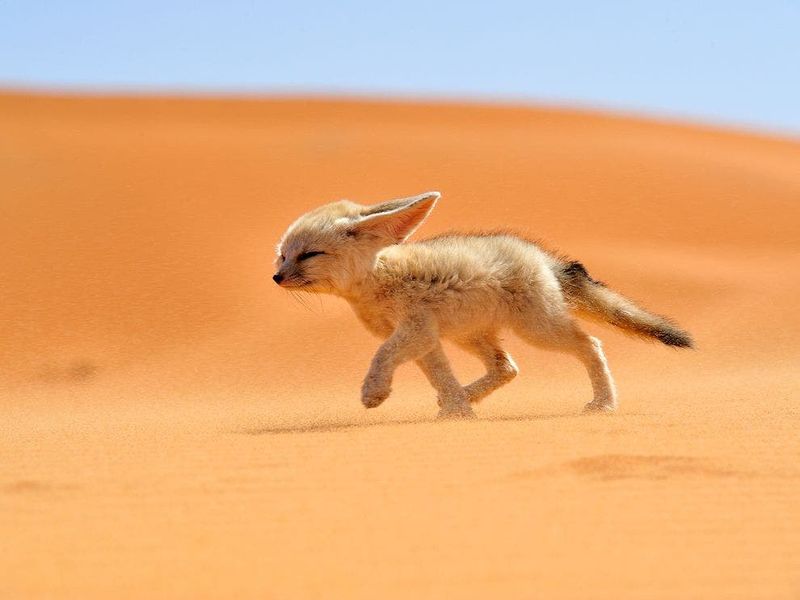
Those enormous ears aren’t just adorable – they’re natural cooling systems! Blood vessels close to the ear surface release heat, keeping these desert dwellers comfortable when temperatures soar.
Native to North Africa’s Sahara Desert, fennec foxes stay cool by being nocturnal hunters and digging deep burrows where temperatures remain stable.
2. Dromedary Camel
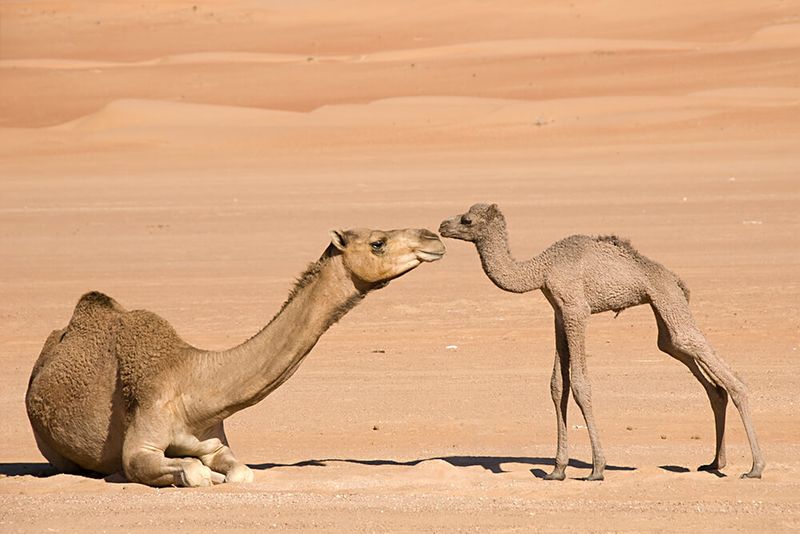
Known as the ‘ships of the desert,’ these one-humped marvels can withstand water loss that would kill most mammals. Their oval-shaped blood cells continue flowing even when dehydrated.
A camel’s hump isn’t filled with water but fat, providing energy when food is scarce. Their thick fur insulates against daytime heat and nighttime cold.
3. Kangaroo Rat
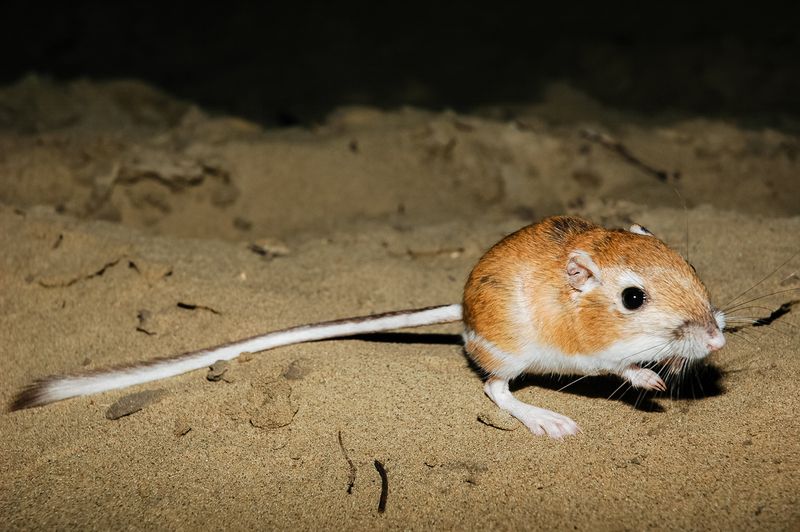
Talk about efficiency! These pint-sized desert dwellers never need to drink water. They extract all necessary moisture from the seeds they eat through metabolic processes.
Their specialized kidneys produce concentrated urine to conserve every precious drop of water. By staying underground during daylight hours, they dodge the worst desert heat.
4. Thorny Devil Lizard
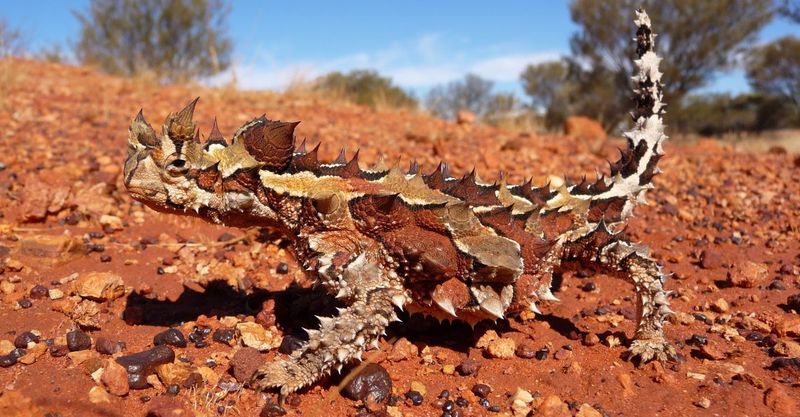
Morning dew becomes a lifesaving drink for this spiky Australian reptile. Water collected on its body travels through tiny channels between its scales straight to its mouth – a living straw!
Its light-colored, bumpy exterior reflects sunlight while creating cooling shade pockets. Despite daytime temperatures exceeding 100°F, these lizards remain active hunters.
5. African Elephant
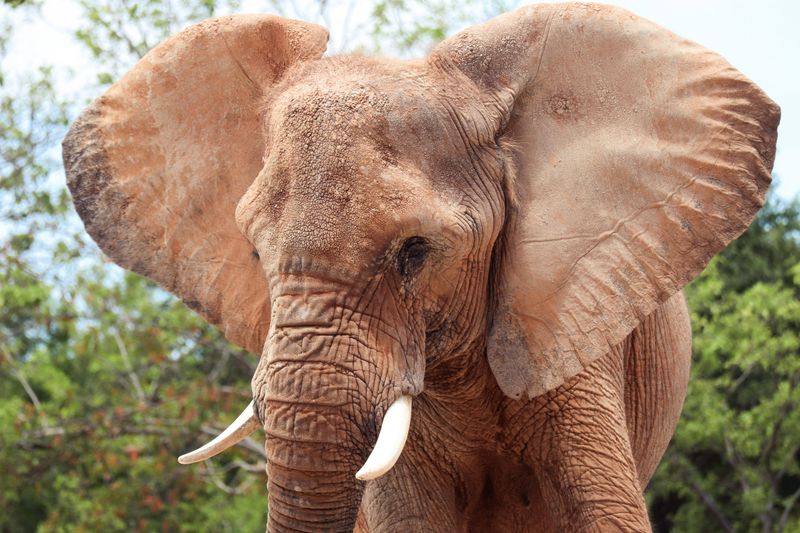
Size matters when battling heat! African elephants sport massive ears filled with blood vessels that act like radiators, releasing excess body heat when flapped.
Their wrinkled skin traps moisture longer, providing extended cooling effects. When water’s available, these giants spray themselves thoroughly, creating a protective cooling mud layer.
6. Desert Tortoise
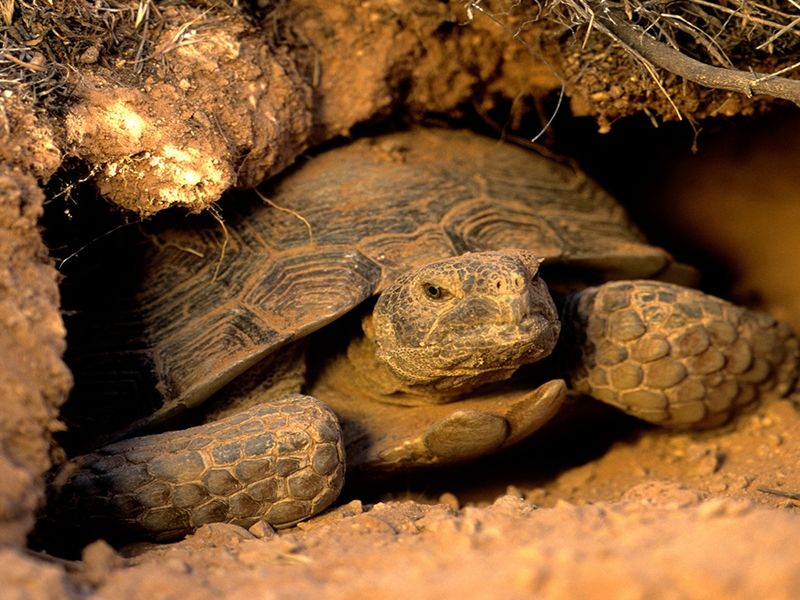
Masters of the slow life, desert tortoises dig impressive burrows up to 30 feet long to escape blistering surface temperatures. Their thick shells provide insulation against temperature extremes.
These patient reptiles can store water in their bladders for months, using it during droughts. Their metabolic rate slows dramatically during hot periods, conserving precious energy.
7. Jerboa
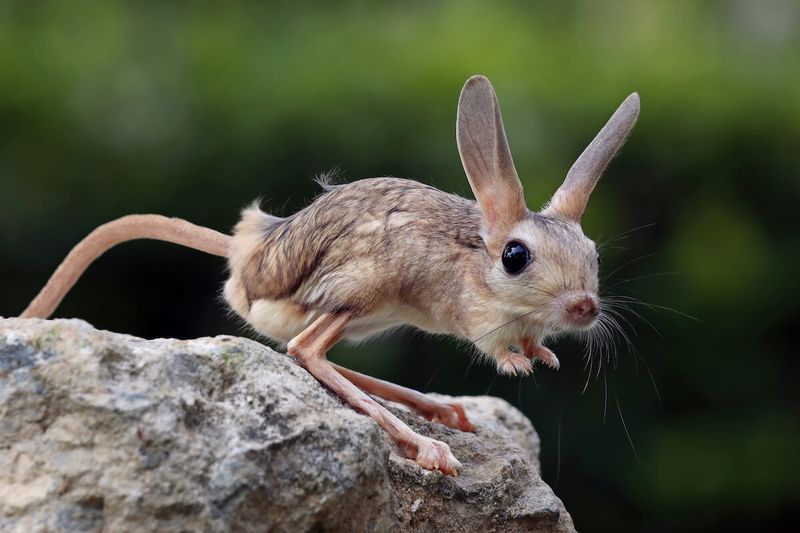
Bouncing through North African deserts on kangaroo-like legs, jerboas are nighttime specialists. Their extraordinary kidney efficiency means they rarely need to drink water.
During scorching days, jerboas retreat to self-dug burrows where temperatures stay relatively cool. Their large ears serve double duty—hearing predators and releasing excess body heat.
8. Saharan Silver Ant
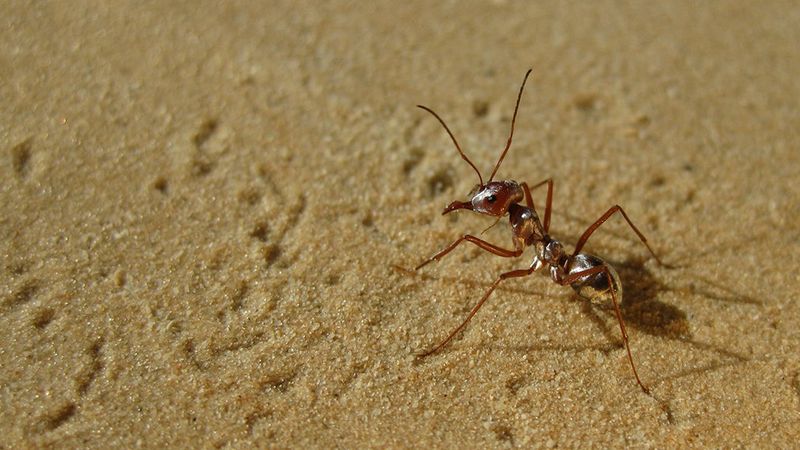
Speed demons of the sand, these metallic-looking insects can function at temperatures that would cook most creatures alive! Their silvery coating reflects sunlight while minimizing heat absorption.
They venture out during the hottest part of day when predators hide from the heat. Their long legs elevate bodies above the scorching sand, giving them precious extra seconds to forage.
9. Namaqua Chameleon
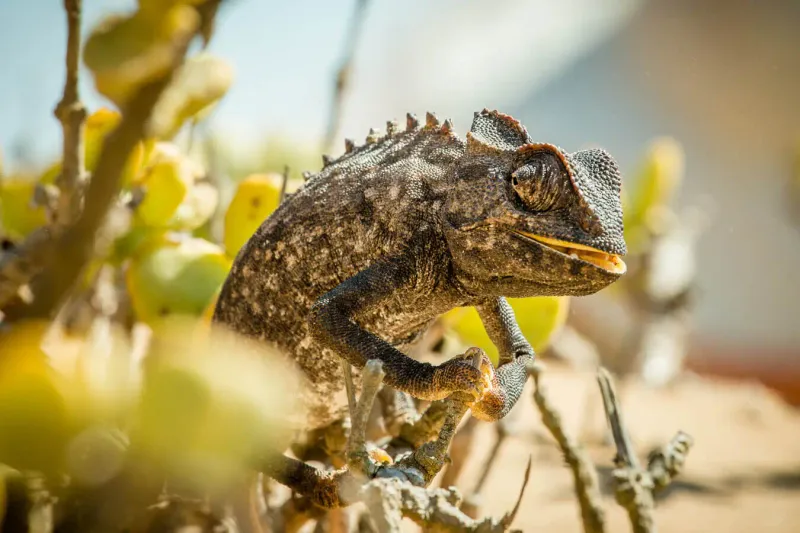
Color-changing isn’t just for camouflage! These desert chameleons turn dark when morning temperatures are cool to absorb heat faster. As the day warms, they shift to lighter colors that reflect sunlight.
When things get too hot, they perform a peculiar dance—lifting feet alternately off the scorching sand. Their elevated stance creates cooling airflow beneath their bodies.
10. Sandfish Skink
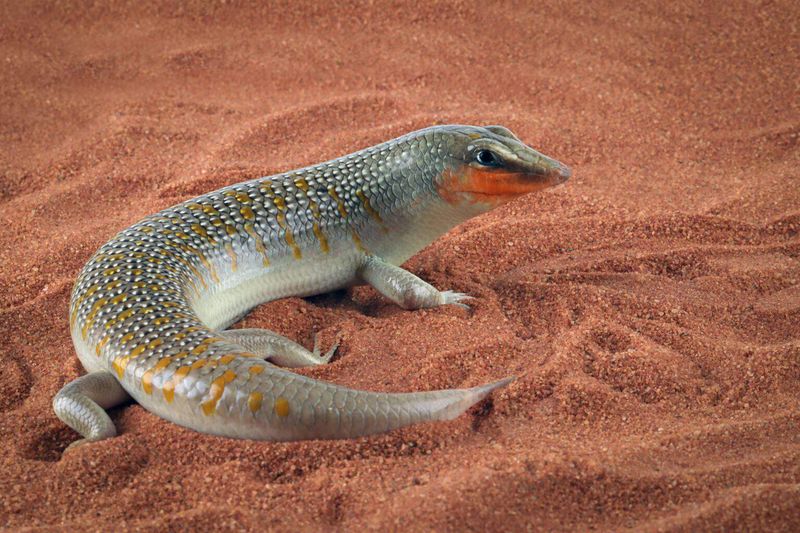
Swimming through sand like it’s water, these North African lizards escape surface temperatures by diving below. Their polished, overlapping scales reduce friction, allowing smooth underground movement.
Special transparent eyelids protect their vision while burrowing. When temperatures cool in evening hours, they emerge to hunt insects before the next day’s heat arrives.
11. Black-Footed Ferret
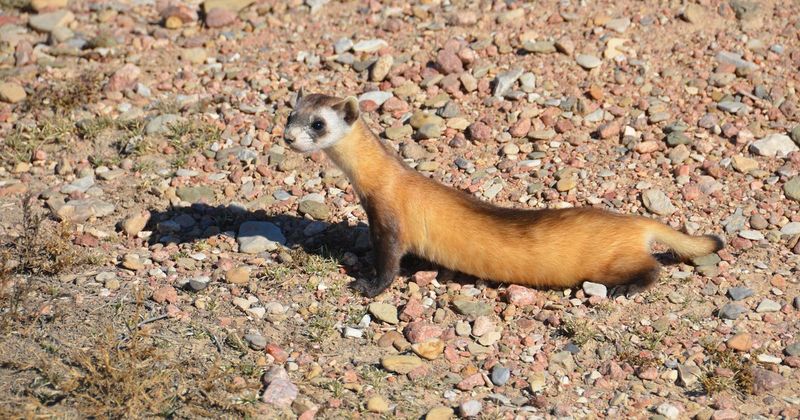
Prairie heat doesn’t bother these endangered hunters! By adopting a nocturnal lifestyle, black-footed ferrets avoid the worst daytime temperatures while conserving precious body water.
They commandeer prairie dog burrows where underground temperatures remain stable. Their slender bodies have less surface area relative to volume, helping maintain optimal core temperature even when ambient heat rises.
12. Rockhopper Penguin
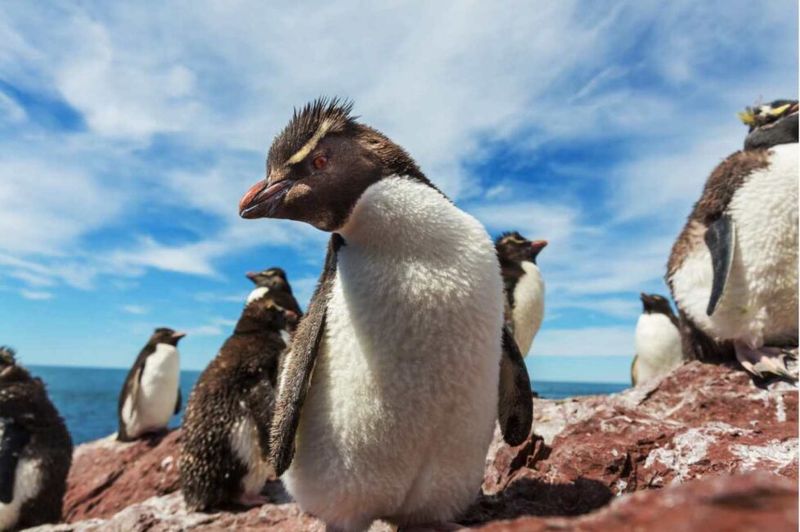
Surprisingly heat-tolerant for a penguin, rockhoppers thrive in milder sub-Antarctic regions where temperatures sometimes reach 59°F. Their waterproof feathers trap an insulating layer of air against their skin.
Blood vessels in their flippers and feet can expand or contract to regulate heat flow. When overheated, they seek shade among rocks or take cooling dips in the ocean.

